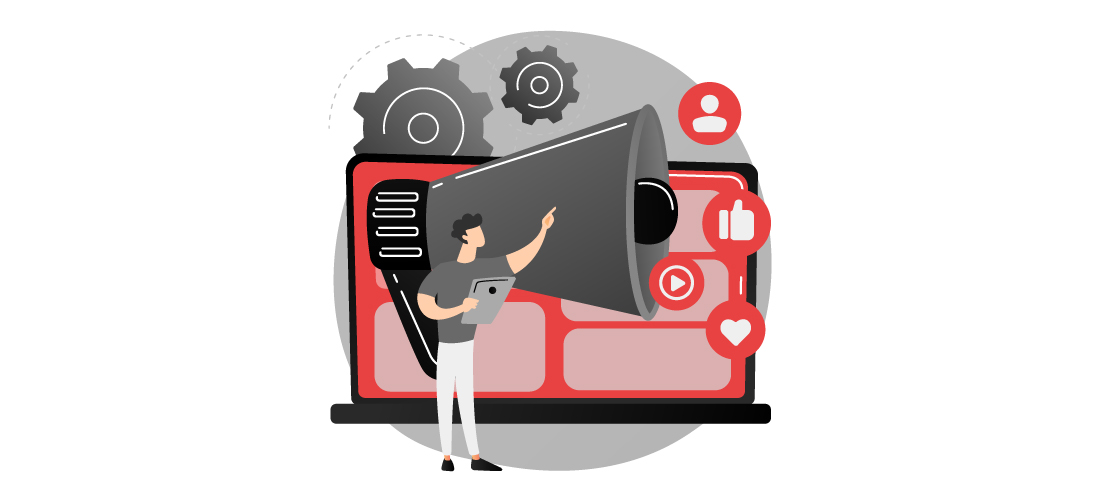Programmatic Advertising
Imagine if your ads knew exactly who to talk to, where to show up, and when to appear all without you lifting a finger every time. That’s the power behind programmatic advertising. It takes the guesswork out of ad buying and tur
ns it into something smart, quick, and incredibly efficient.
For business owners and brand managers, it’s like having a digital sales rep working round the clock, placing ads, tracking responses, and fine-tuning results on the go. This isn’t a fancy tech trend. It’s how some of the most successful brands today run their ad campaigns.
In this blog, we’ll walk you through what programmatic advertising is, how it works, what types exist, and why it might be one of the best marketing decisions your brand can make.
What is Programmatic Advertising?
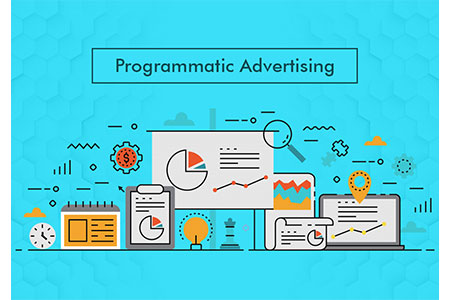
To define programmatic advertising in simple words, it is a way of buying and selling digital ad space using software instead of human effort. It uses data and automation to place ads at the right time, in the right place, and to the right audience.
Before this system came along, advertisers had to negotiate ad slots with publishers directly. It took time, cost more, and lacked precision. Programmatic ad platforms changed that. They run auctions in milliseconds, allowing advertisers to bid on impressions as users land on websites or apps.
For business owners and brands, this means fewer wasted ad impressions and better returns on ad spend. That is the core programmatic advertising meaning that sets it apart from traditional methods.
Types of Programmatic Advertising
There are a few types of programmatic ad-buying models. Each has its own strengths and is suited to different needs.
Real-Time Bidding (RTB)

Also known as open auctions, Real-Time Bidding is the most common type. Ad space is bought and sold in real-time through open marketplaces. When a user visits a website, an auction starts, and advertisers bid for that impression.
It’s fast, flexible, and allows access to a large pool of websites. But, since it’s open to everyone, it may lack exclusivity.
Private Marketplace (PMP)
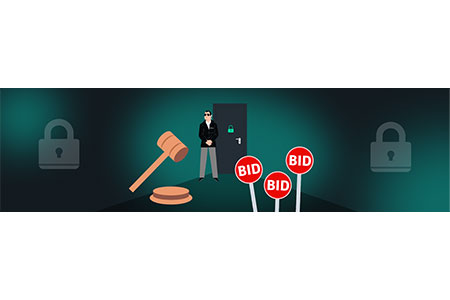
Private Marketplaces are invite-only auctions. Publishers offer their premium inventory to a select group of advertisers. This model gives brands more control and access to high-quality ad placements.
For example, a news website may offer top banner space to certain brands before opening it to everyone else.
Programmatic Direct

In Programmatic Direct, advertisers buy specific ad inventory directly from publishers, but still through automated software. This guarantees placement and pricing but skips the auction process.
It works well for large campaigns where consistency is more important than bidding for every impression.
Advantages of Programmatic Advertising
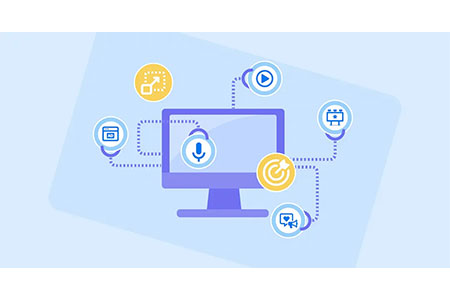
Let’s explore the main advantages of programmatic advertising that make it a smart choice for modern brands.
Targeted Precision and Efficiency
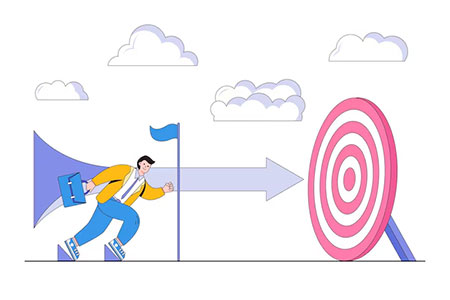
With access to real-time data, advertisers can target based on behavior, location, interests, and more. This increases the chance of showing ads to the right people.
Instant Analytics and Feedback
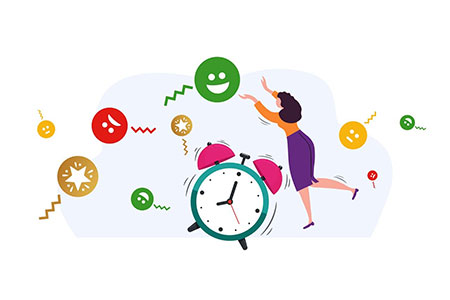
You don’t need to wait days to measure how your ads are doing. You can track impressions, clicks, and conversions in real-time and adjust your campaign accordingly.
Cost-Effective Advertising
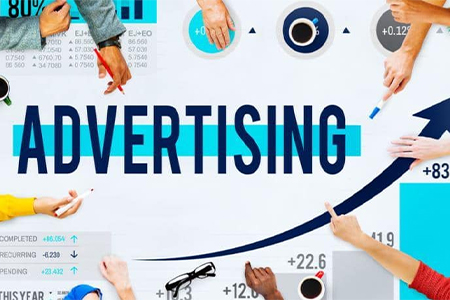
Because you only pay for impressions that meet your targeting criteria, there’s less waste. You can start with small budgets and scale once you see what works.
Broad Audience Reach

Programmatic platforms connect to thousands of websites and apps. This makes it easier for brands to reach people across different devices and channels.
Full Transparency in Campaigns

Advertisers can see where their ads are running, how much they are paying, and what results they’re getting. This improves trust and accountability.
Maximized Use of First-Party Data
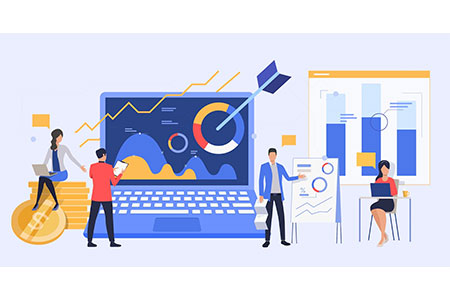
You can use your own customer data to create highly focused campaigns. This makes your messages more relevant and your ads more effective.
Cross-Device Campaign Optimization
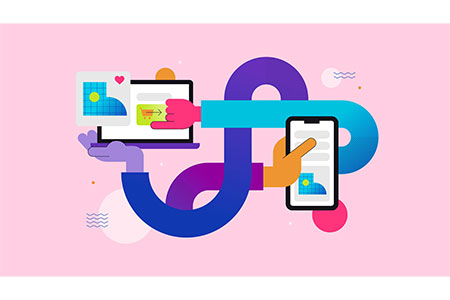
People use phones, tablets, and desktops. Programmatic tools help track users across devices so your message stays consistent wherever they go.
Disadvantages of Programmatic Advertising
While the benefits are many, there are also a few concerns businesses should be aware of.
Concerns About Ad Fraud
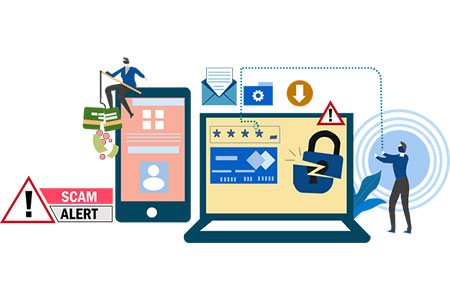
Some bad players use bots to fake ad views. This can waste your budget. Brands must use trusted platforms and fraud detection tools to stay safe.
Steep Learning Curve

The system is tech-heavy. It can be confusing at first, especially for small businesses without in-house marketing teams.
Lack of Transparency

Sometimes you may not know exactly where your ad is placed. This can harm brand image if ads appear next to inappropriate content.
Data Privacy and Security Risks
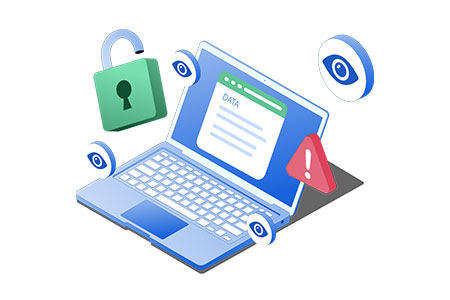
With so much data involved, privacy laws and security issues become a concern. Brands need to make sure they are following all rules and protecting user information.
Ad Inventory Commoditization
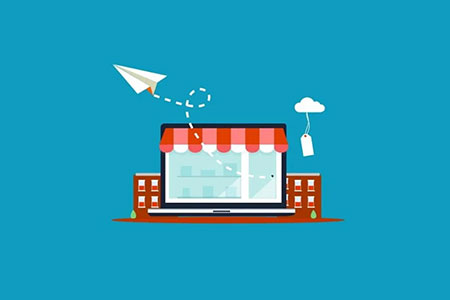
Because bidding is automated, ad space is sometimes treated like a commodity. This can lower the perceived value of the inventory and reduce quality.
Limited Visibility into Campaign Processes

Even with real-time data, it’s not always clear how decisions are made by the algorithms. This can make it hard to troubleshoot performance issues.
Steps of Creating a Programmatic Ad
If you want to know how to do programmatic advertising, here’s a simple step-by-step guide.
- Define Goals – What do you want from the campaign? Brand awareness, website traffic, or conversions?
- Select a Platform – Choose a Demand Side Platform (DSP) to manage your campaign.
- Audience Targeting – Use data to select your ideal audience.
- Set Budgets and Bids – Decide how much to spend and how much to bid per impression or click.
- Design Creatives – Prepare your ad banners, videos, or display assets.
- Launch Campaign – Upload everything to your DSP and go live.
- Monitor and Optimize – Track results, tweak your strategy, and improve performance in real-time.
Understanding how programmatic advertising works helps you avoid mistakes and get better results from the start.
How Much Does Programmatic Advertising Cost?

The cost of programmatic advertising depends on many things:
● Bidding Model – Most campaigns use either CPM (cost per thousand impressions) or CPC (cost per click).
● Targeting Options – The more specific your targeting, the more it can cost.
● Ad Format – Video ads generally cost more than banner ads.
● Ad Inventory – Premium placements are more expensive than standard ones.
● Platform Fees – DSPs may charge a tech fee for using their software.
For example, a basic display campaign might cost ₹40 to ₹100 CPM, while premium video placements can go much higher. Start small, monitor results, and scale as needed.
Examples of Programmatic Advertising
Here are some programmatic advertising examples that show how brands are using it today:
● Display Ads – A clothing brand shows banner ads to people who have visited fashion websites in the past week.
● Video Ads – A food delivery app shows a short video ad before cooking videos on popular recipe sites.
● Mobile Advertising – A travel agency runs programmatic ads on travel apps targeting users in major metro cities.
● Native Ads – A finance brand places a sponsored article in a news feed, designed to blend in with the content.
These programmatic advertising examples show how brands of all sizes are making their ads more relevant and effective.
What Are Different Programmatic Advertising Tools and Platforms?

To run a successful campaign, you need the right set of tools. Here are the main ones that support the core features of programmatic advertising:
● Demand Side Platforms (DSPs) – These are used by advertisers to buy ad inventory. Examples include Google Display & Video 360, The Trade Desk, and MediaMath.
● Supply Side Platforms (SSPs) – Used by publishers to sell their ad inventory. Examples include Google Ad Manager, PubMatic, and Magnite.
● Ad Exchanges – These are digital marketplaces where DSPs and SSPs interact. Popular ones include OpenX and Xandr.
● Data Management Platforms (DMPs) – Help collect and organize audience data. They improve targeting across campaigns.
These tools help you understand how programmatic advertising works at every stage.
Final Thoughts
Programmatic advertising offers brands a smart way to make every ad count. It saves time, improves accuracy, and helps stretch your budget further. Once you understand how programmatic advertising works, it opens up new ways to connect with your audience.
If you're ready to try it for your brand but not sure where to start, you’re not alone. At Excellent Publicity, we help businesses like yours run result-driven campaigns using all the key features of programmatic advertising.
Reach out to our team and let’s make your ad strategy smarter, sharper, and more rewarding.
FAQs
The cost depends on bidding models like CPM or CPC, the campaign type such as display or video, and the platform you choose. Premium placements and advanced targeting may increase your spending, but programmatic lets you control your budget and scale based on performance.
Programmatic Direct offers fixed ad placements at set prices with guaranteed impressions. Real-time bidding is more flexible, using live auctions to buy ad space instantly. Brands seeking control often use direct, while those looking for wide reach and lower costs may choose RTB.
DSPs are tools that help advertisers run and manage programmatic ad campaigns. They let you buy digital ad space across many sites in one place. You can target users, set budgets, and track performance all from a single dashboard.
An SSP helps website and app owners sell their ad space automatically. It connects them to ad exchanges and DSPs, making it easier to earn revenue from digital ads by offering space to the highest bidder in real-time.
Success can be tracked using metrics like CPM (cost per thousand views), CPC (cost per click), CPA (cost per action), CTR (click-through rate), and ROI. These help you see how well your campaign performs and where to improve.
The future will bring smarter tools powered by AI, better cross-device tracking, and stricter rules to protect user privacy. Programmatic will become more personal and efficient, helping brands deliver the right message to the right people at the right time.


